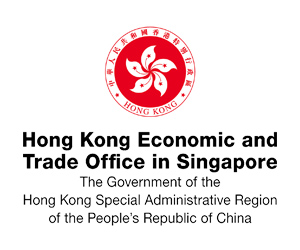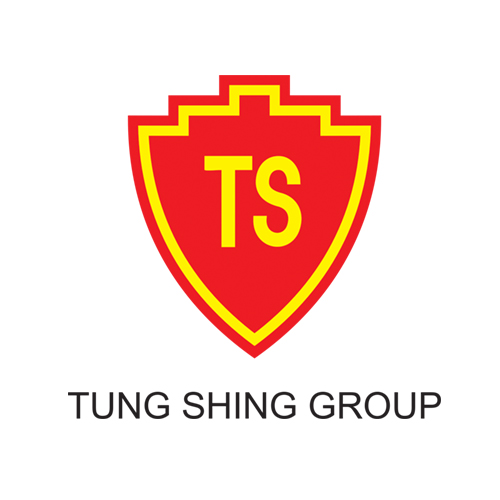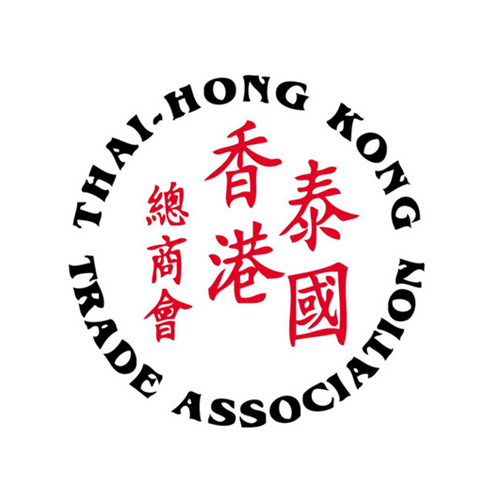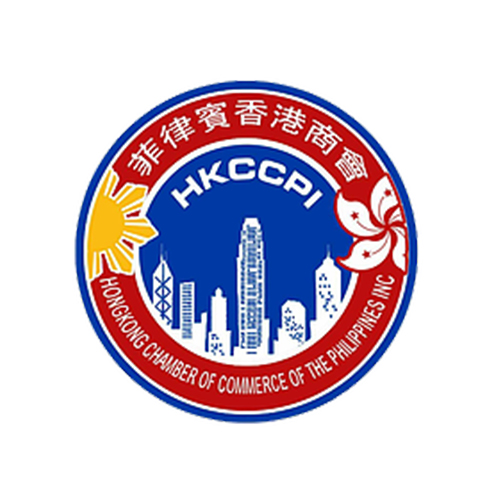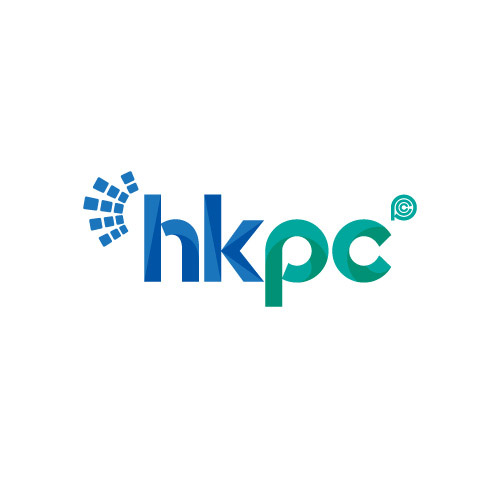Want to be in the loop?
subscribe to
our notification
Business News
TECH TITANS LINE UP TO SEIZE 5G ADVANTAGES
Next week, the United States-based technology giant Qualcomm, the largest global supplier of smartphone chips, will launch its Hanoi office after over five years of presence in the country, showing its ambition to boost its footprint.

“The Hanoi facility is one of the new moves we are planning to take in Vietnam, where we expect to have more new orders for our services and products when 5G will be commercially launched,” Nam Thieu, country manager of Qualcomm in Vietnam, Laos, and Cambodia, told VIR.
Qualcomm made the move following its recent study IHS Markit, which found that by 2035, 5G technologies will enable $13.2 trillion of global economic output and create 22 million new jobs globally. With a wide spectrum of feasible applications, 5G could bring about significant benefits for both people and economies.
To tap the growth potential, last year Qualcomm launched a second-generation 5G modem, the Snapdragon X55. To date, more than 85 commercial devices based on Snapdragon 7-series mobile platforms, more than 1,600 based on the 6-series, and more than 2,500 on 4-series platforms have been announced by global original equipment manufacturers. Together, these amount to over 4,000 designs – an impressive feat for these segments.
However, Qualcomm is not the only one in the 5G modem race, as many other technology giants such as Samsung and Huawei have joined in with their own models, while other big players like Intel are still in the research and development (R&D) phase and will launch products later this year.
Samsung and Huawei have announced their 4G/5G multimodems, the Exynos 5100 and Balong 5000. However, integrated devices for these modems are set to be launched in 2020, promising better energy-saving solutions for hand-held devices equipped with 5G.
Similarly, Keysight Technologies, Inc., a major technology company that helps enterprises, service providers, and governments accelerate innovation to connect and secure the world, has introduced new 5G channel emulation solution PROPSIM FS16 – the latest in a long line of innovative technology introduced by the group to accelerate 5G development and commercialisation.
Keysight’s projections show that advanced applications related to 5G will explode this year, using higher frequencies and smaller geometries.
For 5G device manufacturing, five leading global companies including Ericsson, Nokia, Huawei, Samsung, and ZTE have succeeded already.
ZTE Corporation has co-operated with Qualcomm to achieve a 5G-enabled ‘Voice over New Radio’ call, marking an industry-leading step in 5G.
Elsewhere, Ericsson has launched two new AI-powered offerings, Network Intelligence and Omni Network Channel, in its services portfolio, enabling communications service providers to secure always-on networks and deliver optimal user experiences, following the new AI-powered Energy Infrastructure Operations.
In this trend, domestic Vietnamese are also joining the game with new product launches ahead. Viettel, the largest Vietnamese telecommunications service provider, will be the sixth manufacturer of 5G devices globally. Among these six, only Viettel is both a network operator and manufacturer of network devices. Viettel aims to commercially launch 5G Microcell in June, and will commercialise it a year later.
In January, Viettel launched the first 5G call on a “Made in Vietnam” 5G device manufactured on its own gNodeB transceiver, which used both software and hardware made by the company. The device was developed in six months on the basis of the experience Viettel gained from the development of eNodeB, the 4G transceiver, and from the pre-feasibility study for 5G.
In addition to Viettel, Vietnam’s VNPT has made early preparations for 5G. Initially, VNPT focused investment on R&D, strengthening co-operation with powerful technology giants globally to develop human resources, thus enabling it to take initiative and successfully join the 5G ecosystem.
According to VNPT, it is planning to manufacture 5G devices, including small cell products, to take control of this field as it did with 2G, 3G, 4G, and fixed bandwidth in the past. VNPT even plans to build a factory to mass-produce the devices.
Recently, Vingroup unit Vinsmart has set up a lab to study the manufacturing of 5G mobile phones and devices. Vingroup plans to launch the first 5G mobile phone in July, while Vinsmart has been working with Cisco and Intel on manufacturing its 5G devices, with the firm testing devices for a 5G network slated for August.
5G technology is being considered the cornerstone for new business models, new connectivity services, and the development of the IT industry, and could be the keystone infrastructure enabling the digital economy and the digital society.
Therefore, when 5G is commercially launched, the growth potential of the sci-tech market will increase by linking with other markets such as commodities, services, labour, and capital markets, and connecting Vietnamese intermediary units with global networks.
“We are familiar with ride-hailing apps such as Grab or Uber that are operating so comfortably on 4G. With 5G, ridesharing cars could one day navigate themselves without the need for a human driver,” a senior official of the Ministry of Science and Technology (MoST) told VIR. “The three major differences between 4G and 5G are faster speed, higher bandwidth, and lower lag time in communications between devices and servers. 5G is expected to be nearly 100 times faster than 4G, and to have significantly more capacity – it will make it possible to connect many, many more devices to a single network.”
According to the MoST, Vietnam will stage the commercial launch of its 5G mobile network at the same time as many of the earliest-acting countries worldwide. Stepping into this new era of tech leadership, the country will build a roadmap to remove 2G from 2022 onwards while auctioning and granting licenses for the 2.6 GHz mobile spectrum to increase network quality and mobile service speed.
At present, several countries have announced successful commercialisation of 5G, such as South Korea, Japan, China, the United Kingdom, and the US.
Source: VIR
Related News

GOLDEN DEAL, KNOCK-DOWN OFFER
Are you ready for a fun-filled family vacation. Don't miss the super attractive Family Staycation package at Becamex Hotel. 2 days 1 night package with full amenities and free activities: Buffet breakfast, Swimming, tennis, bicycle, gym, sauna, cool ice cream, 300.000 VND service voucher and many other offers! Contact now for detailed advice.

"BEARY CHRISTMAS" CHARITY PROGRAM
As the Festive Season approaches, Caravelle Saigon, in collaboration with VinaCapital Foundation (VCF), is bringing a heartwarming charitable initiative to life — and we are delighted to invite all HKBAV members to take part in the very first “Beary Christmas” Charity Program. By adopting a Caravelle Bear for VND 299,000 nett, you will be directly supporting children battling cancer in Vietnam through VCF’s Can-Care/Can-Clover Program.

SOILBUILD INTERNATIONAL WINS “BEST INDUSTRIAL DEVELOPMENT” AWARD FOR SPECTRUM NGHE AN AT THE PROPERTYGURU VIETNAM PROPERTY AWARDS 2025
Soilbuild International is pleased to announce that its project, Spectrum Nghe An, has been awarded Best Industrial Development at the PropertyGuru Vietnam Property Awards 2025, held on 24th of October 2025, in Ho Chi Minh City. The PropertyGuru Vietnam Property Awards is part of the prestigious PropertyGuru Asia Property Awards series, the largest and most respected real estate awards programme in Asia.

WEBINAR: 2025 VIETNAM KEY TAX FINALISATION, UPDATES ON TAX CHANGES AND GLOBAL MINIMUM TAX
Dear Valued Client,We would like to invite you to our webinars on Friday, 12 December 2025, and Tuesday, 16 December 2025, to review and learn about key 2025 tax finalisation topics and stay ahead with the latest tax changes.
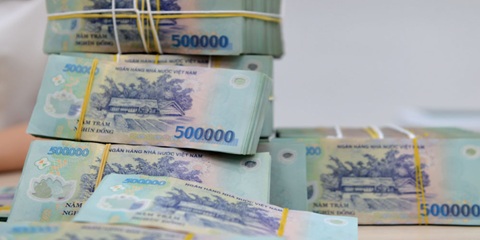
NEW ECONOMIC POLICIES EFFECTIVE THIS DECEMBER
Government Decree 304/2025, effective December 1, sets stricter conditions for seizing collateral, especially assets that are a borrower’s sole residence or essential work tools. In such cases, lenders must set aside a compensation amount equivalent to six to twelve months of minimum wage. The measure aims to improve transparency in bad debt handling and reduce credit risk in the banking system.

QUANG NINH TARGETS VND58 TRILLION IN TOURISM REVENUE
Quang Ninh Province is aiming to generate VND58 trillion in tourism revenue this year after surpassing its goal of 21 million visitors, driven by new tourism products, expanded nighttime activities, and large-scale events. As of mid-November 2025, Quang Ninh had welcomed 21.28 million visitors, up 12% year-on-year. Tourism revenue reached at least VND57 trillion, a 22.46% increase from the same period last year. With its visitor target achieved, the province is now pushing toward its revenue goal of VND58 trillion.
